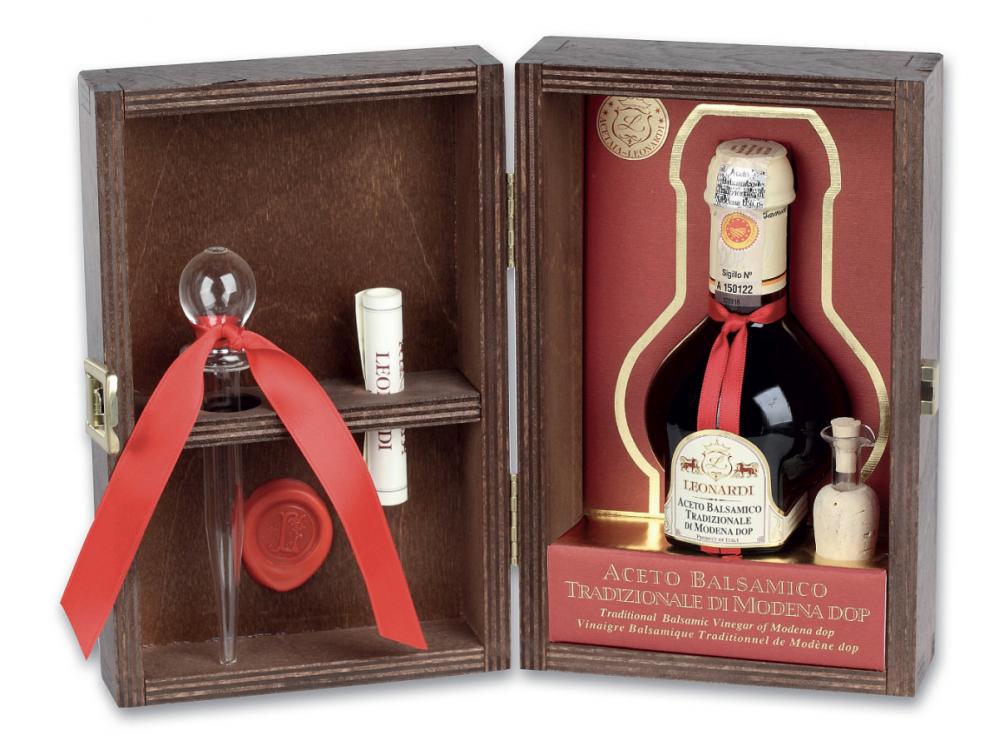Best uses of Balsamic Vinegar of Modena
Balsamic Vinegar of Modena is an ingredient that cannot be missing in the kitchen. Used by all the great Chefs, it lends itself to the most varied combinations.
However, there are still many who are clueless about how to use it properly. Yes, it has been frequently used as salad dressing, but some believe that is a waste of an amazing product, though probably the right use for imitation condiments.
If you don’t use it for a salad, what do you use Balsamic Vinegar of Modena for? We may surprise you with the options!
But, first, we need to talk a little bit about the properties of Balsamic Vinegar of Modena.
Balsamic vinegar: basic guide
Balsamic Vinegar, as we commonly know it, doesn’t always come from Modena. In order to guarantee the precedence of the Balsamic Vinegar of Modena you are buying, look for the denomination PGI, or in the most expensive range of Traditional Balsamic Vinegar of Modena D.O.P.
These denominations prove the Balsamic Vinegar was produced and aged in Modena, Italy, and therefore guarantee the standards for quality, texture, flavor.
Flavor
Balsamic Vinegar of Modena, while surprising to some, has a lot in common with wine when we are trying to describe its flavor. It’s sweet, with a variety of identifiable fruits in the mix, figs and cherries, maybe even prunes.
The flavor of Balsamic Vinegar of Modena is unique and characteristic, it has a personality full of intense notes. It also absorbs flavors from the barrels it matures in (oak, cherry, chestnut, juniper, ash, mulberry), adding some woody aromas.
Finally, we cannot avoid mentioning the sweet and sour taste that is so particular in Balsamic Vinegar of Modena. It should not be identified as acidic, and it should not feel bitter, but a pleasant tartness that combined with the rest makes this very unique ingredient.
Texture
Another important aspect to mention is Balsamic Vinegar of Modena’s texture. Many have been enchanted by its concentrated syrupy consistency and how it can be used in the kitchen.
Balsamic Vinegar of Modena has a dark color, but on the glossy side (which makes it a favorite for certain dish decorations), it flows like syrup, and it has a silky and velvety feeling.
However, this happens with good quality made respecting the traditions that have been accumulating for hundreds of years. And that is why it is so important to choose your Balsamic Vinegar of Modena wisely. Young vinegars will be more liquid in texture and with higher acidity notes.
Quality
Going for reputable products, like the famous Traditional Balsamic Vinegar of Modena of Acetaia Leonardi, with the DOP or IGP denomination, guarantees your product is made with the right ingredients and flavor and texture are what we expect from an authentic Balsamic Vinegar. After all, it’s called Balsamic Vinegar of Modena for a reason: its main qualities are connected to this unique region in Italy. Yes, the grapes used to make the famous grape must (a reduction that is the base of Balsamic Vinegar) and the barrels in which it is aged, all of that has a role to play in the overall quality of the product.
How are you supposed to use Balsamic Vinegar of Modena?
Many opt for Balsamic Vinegar of Modena as a salad dressing or in the cooking process.
Here, there are other uses, some of which may surprise you.
A drizzle over a risotto will give it a tangy flavor and a bit of texture. Using it with some meats, like veal, poultry and lamb is also a good idea, many like decorating the side of a plate, not only because it looks pretty, but because it adds a bit of sweetness to the dish.
An interesting use of Balsamic Vinegar of Modena is on desserts, even just on top of berries, or typically in Italy with pannacotta or even vanilla ice cream, offering a bouquet of flavors that enrich the creamy plain and cold feeling of these desserts.
However you decide to use Balsamic Vinegar of Modena, remember its role is to enhance flavors and enrich the whole dish.

